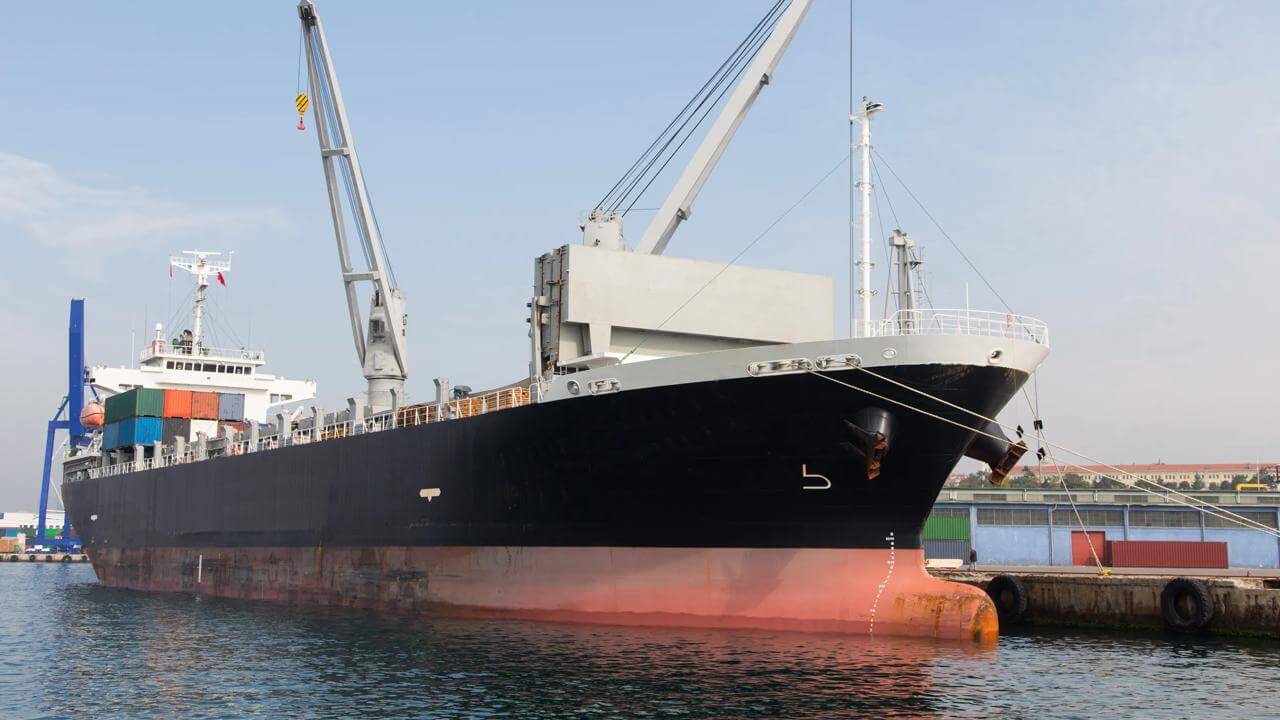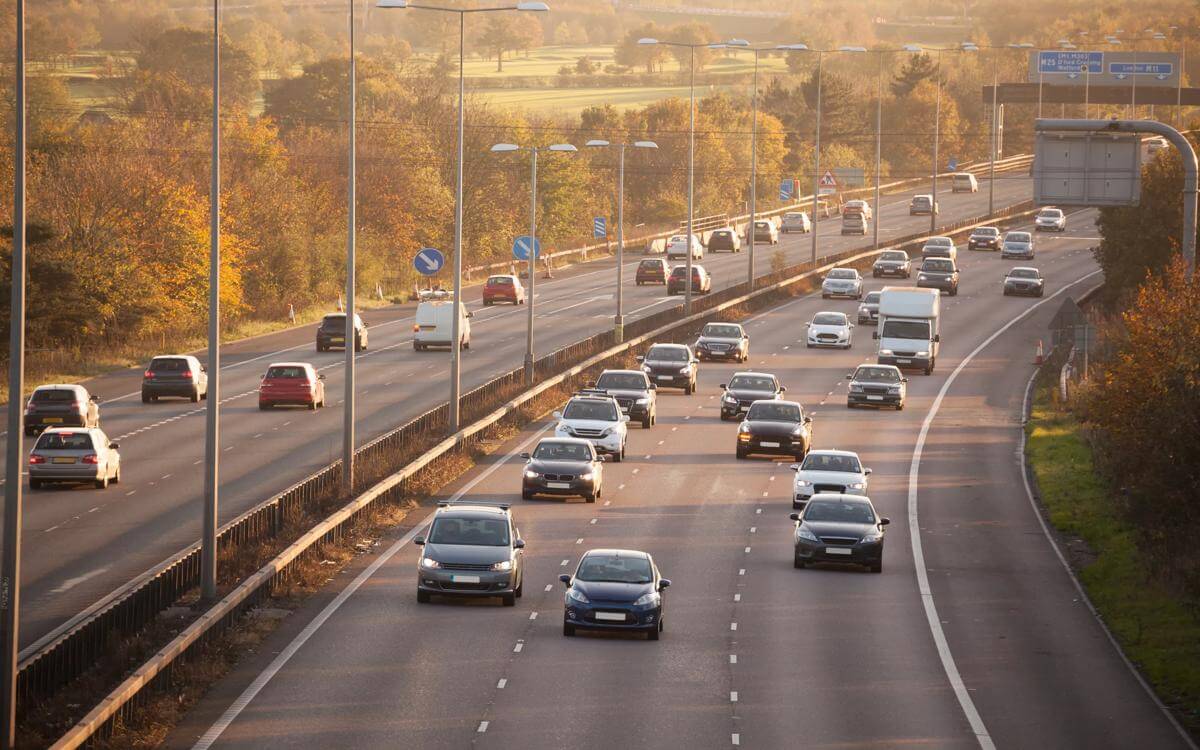Brian Leighton (Garages) Ltd v Allianz Insurance Plc [2023] EWCA Civ 8
On 11 January 2023 the Court of Appeal handed down its judgment in Brian Leighton (Garages) Ltd v Allianz reversing the decision at first instance. It appears to be the first reported judgment of the Court of Appeal as to the meaning of a ‘pollution or contamination’ exclusion in an All Risks policy.
The Court of Appeal held that the exclusion only applied if the excluded peril in question was a proximate cause of the loss and that in this instance damage to an underground fuel pipe was the proximate cause of the loss, not the resulting fuel leak and pollution/contamination itself.
Background
Brian Leighton (Garages) Ltd (“BLG”) owned a petrol station in East Yorkshire as part of its business trading in and repairing vehicles. In June 2014 a sharp object pierced a section of a fuel pipe which connected underground fuel tanks to the fuel pumps. This caused the fuel pipe to leak and contaminate the garage and adjacent property, leading to the closure of the business due to fire or explosion risk.
BLG claimed under its Motor Trade Policy with Allianz (“the Policy”), which provided property damage cover on an All Risks basis.
Exclusion 9 of Section 1 of the Policy stated as follows:
‘The General Exclusions of this Policy apply to this Section and in addition it does not cover:
“Damage caused by pollution or contamination, but [Insurers] will pay for Damage to the Property Insured not otherwise excluded, caused by
(a) pollution or contamination which itself results from a Specified Event
(b) any Specified Event which itself results from pollution or contamination.’
‘Specified Events’ were defined as:
“Fire, lightning, explosion, aircraft or other aerial devices or articles dropped from them, riot, civil commotion, strikers, locked-out workers, persons taking part in labour disturbances, malicious persons other than thieves, earthquake, storm, flood, escape of water from any tank apparatus or pipe or impact by any road vehicle or animal.”
Allianz declined the claim on the basis that the cause of the damage to BLG’s property was the ‘pollution or contamination’ from the leaked fuel pipe.
BLG argued that Exclusion 9 didn’t apply because although the effect of the leak was pollution or contamination, the ‘cause’ of the damage was the sharp object which punctured the fuel pipe.
It was agreed that no ‘Specified Event’ had occurred, so the exceptions in clauses (a) and (b) were not engaged.
The main issue to be decided was therefore whether the pollution or contamination only had to be one part of the causal fact pattern for the Exclusion to apply, or whether it had to be the proximate cause of the damage.
Commercial Court decision
Allianz’s application for Summary Judgment was heard in May 2022.
At first insurance, the Judge (Ms Clare Ambrose, sitting as a deputy judge of the High Court) agreed with Allianz, and held that the damage in question was caused by pollution or contamination.
The Judge agreed with Allianz's argument that the damage caused by pollution and contamination better reflected the ordinary meaning of the Exclusion and its likely scope within a policy covering a garage.
Allianz's construction was also more consistent with the express terms of the carve out in the Exclusion which, by reference to the Specified Events, acknowledged that the damage caused by pollution or contamination would be caused by something else including, for example, fire, floods or leak of water from a pipe, but on its express terms the policy would not cover escape of fuel from a pipe.
The Judge felt that there was no support in the wording or context of the Policy for BLG's argument that the Exclusion applied only to environmental contamination of subsoils and groundwaters. This position was regarded as being unworkable since BLG was unable to identify what "the environment" would mean.
The Judge therefore held that the claim was excluded, and summary judgment was granted to Allianz.
Court of Appeal decision
BLG appealed, arguing that the proximate cause of the loss was the sharp object rupturing the pipe, which was not itself pollution or contamination.
BLG argued that the Exclusion applied only where pollution or contamination was the proximate cause of the damage, not where it resulted. Since it was not the proximate cause, the Exclusion had no effect on the claim for the damage to the garage forecourt and shop.
By a 2-1 majority BLG’s appeal was allowed by the Court of Appeal.
The leading judgment was given by Popplewell LJ, who began by highlighting the following three matters:
- Firstly, he pointed out that the relevant commercial context is that this was a policy for a small or medium sized enterprise whose business included a petrol filling station. An operator of a petrol station would naturally desire cover against the risk of leakage from fuel pipes, being “amongst the most obvious risks” arising from such an operation;
- Secondly, he concluded that there was no room for the application of the relevant aspect of the contra proferentem principle, which applies to a clause exempting a party from a liability which would otherwise arise by operation of law or under a contractual term which defines the benefit which it appears it was the purpose of the contract to provide; and
- Finally, and perhaps most importantly, he referred to the principle codified in section 55 of the Marine Insurance Act 1906, but of equal applicability to non-marine insurance, that absent agreement to the contrary, the insurer is liable, and only liable, for losses proximately caused by a peril covered by the policy. The proximate cause of the loss is not the last cause of the loss, but that which is proximate in efficiency, being the dominant, effective or efficient cause.
Popplewell LJ then turned to consider the wording of Exclusion 9. It was common ground between the parties that the words ‘pollution or contamination’ were not being used in the sense of a description of the damage, but rather as the way in which the damage was caused, thereby supporting the conclusion that the Exclusion was concerned only with pollution/contamination as a proximate cause. This was also reinforced by the fact that other exclusions in the Policy used wider language in connection with pollution and contamination and distinguished between proximate and indirect causation.
On the basis that there was a strong presumption that the exclusionary wording was concerned only with proximate causes, Popplewell LJ held that it was reasonable to attribute to the parties the presumed intention that the wording was chosen to refer to proximate cause, as knowledge of the basic principles of causation and the language that reflects and modifies it formed a part of the background knowledge.
Having noted that the proximate cause of the damage was not the pollution or contamination, but rather the puncturing of the fuel pipe, Popplewell LJ then considered whether the language of the Exclusion, and in particular the write backs in clauses (a) and (b), rebutted the presumption that pollution or contamination needed to be the proximate cause of the loss in order for the Exclusion to apply. In his view, it did not.
Nugee LJ also agreed that there was not enough in Exclusion 9 to displace the proximate causation presumption.
In a dissenting judgment, Males LJ argued that the wording of Exclusion 9 did rebut the proximate cause presumption. He summarised his argument as follows:
‘There can in my view be no doubt that, as a matter of ordinary language, it makes perfect sense to say that the damage in this case was “caused by pollution or contamination”. Although the pollution and contamination was not the proximate cause of the damage as that term would be used by an insurance lawyer or broker, it was the pollution and contamination which resulted from the penetration of the fuel pipe which caused the damage to the property and meant that the business had to be shut down.’
Comment
This decision re-affirms the importance of the proximate cause requirement when considering causation and meaning of the words ‘caused by’ by contrast to, say, ‘directly or indirectly caused by’.
When drafting policies, insurers will need to think carefully about how widely or narrowly they want policy exclusions to operate. As highlighted by this case, the starting point should be the presumption that proximate causation is required, unless clearly displaced by the drafting of the wording.
If an insurer wants the exclusion to be construed more widely, then this should be stated clearly in the policy by using language, for example, that an exclusion clause applies to damage ‘directly or indirectly caused by.’
This case also emphasises the importance of consistent drafting throughout the policy in relation to exclusions. Any differences in language should be intentional, and the implications when different words and phrases are used in different parts of the policy, should be clear from the wording.









































